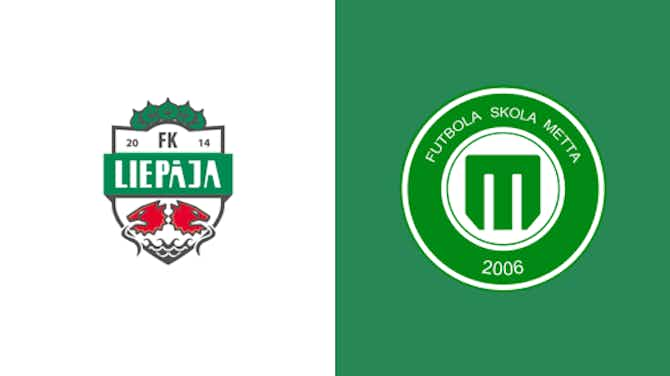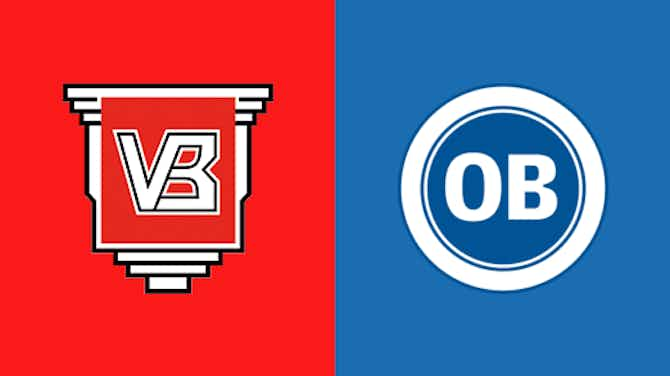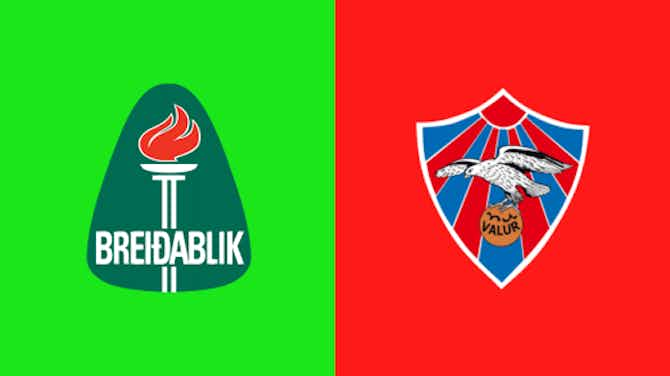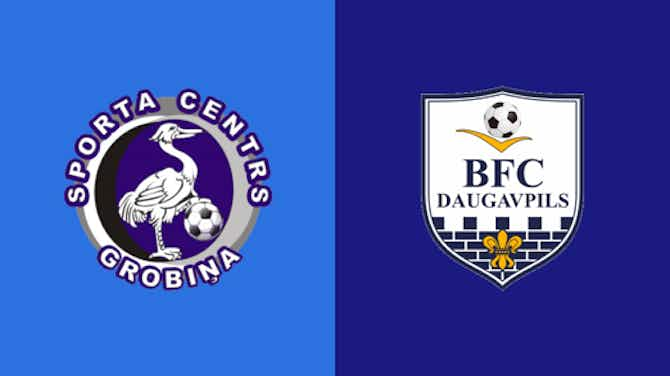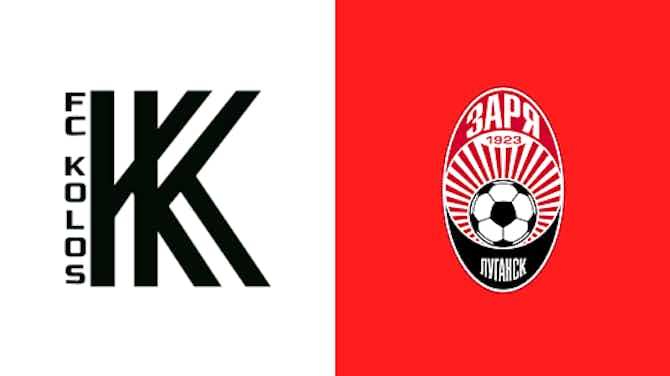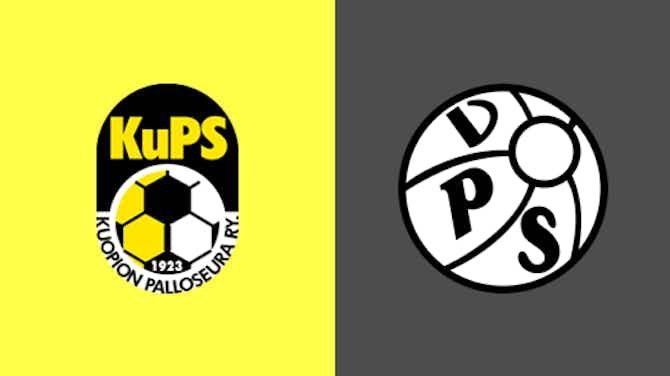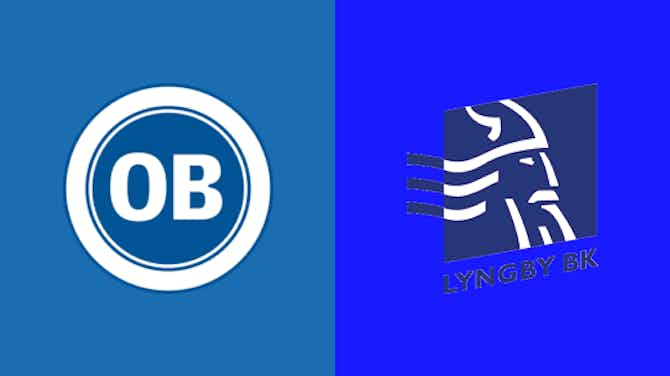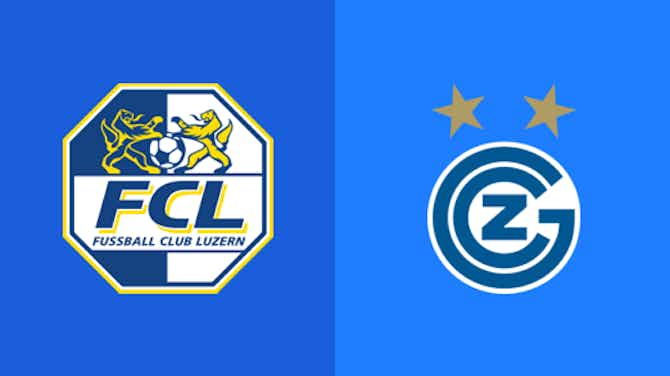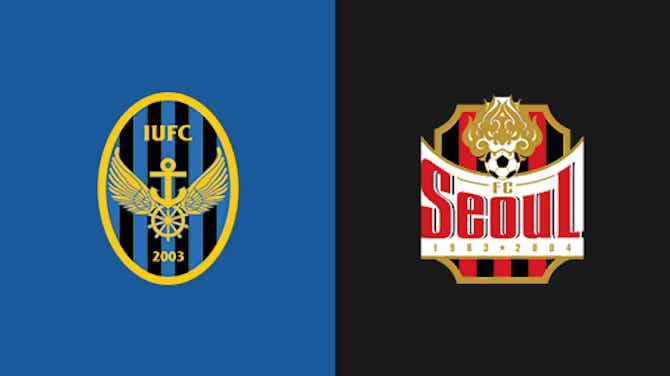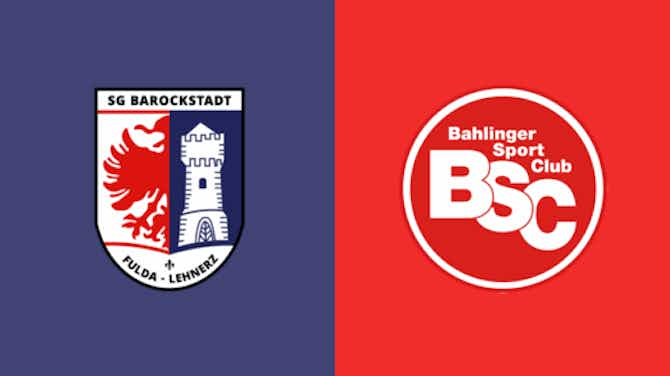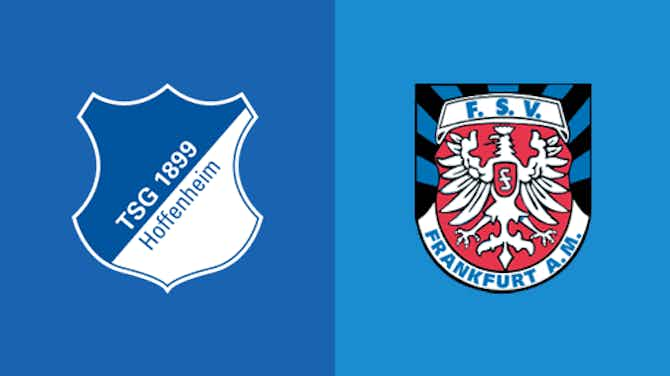The Football Faithful
·21 April 2024
Remembering Roy Keane’s horror ‘tackle’ on Haaland
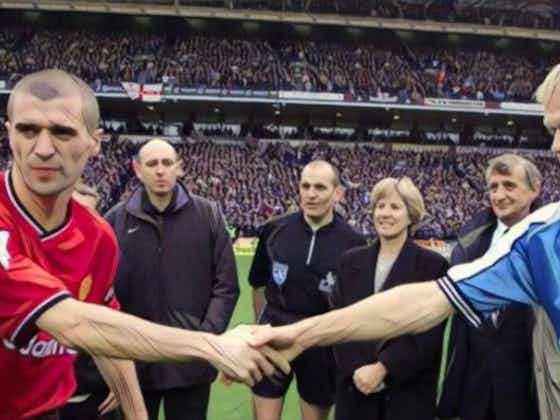
The Football Faithful
·21 April 2024

A Manchester derby held at Old Trafford in April 2001 ended 1-1, a result that suited both parties. With just a handful of games remaining in their season Manchester United were firmly on course to secure a seventh Premier League crown while City’s concerns were at the other end. A late equaliser by defender Steve Howey gave the Blues a priceless point in their ultimately futile bid to ward off relegation.
Of course, nobody recalls any of this, nor should they. The result and respective performances are inconsequential stitches in the rich tapestry of this fixture.
What happened four minutes from time, however, well that has gone down in infamy.
“I’d waited long enough. I f****** hit him hard. The ball was there (I think). Take that you c***. And don’t ever stand over me sneering about fake injuries.”
That was Roy Keane, candid as ever, in his ghost-written autobiography published in 2002, as he recounted the atrocious foul he committed twelve months earlier, an act of revenge that saw the Irish midfielder fined £5000 at the time by the FA. As the ball spun out of his control near to the touchline it rolled to the feet of Alf-Inge Haaland with Keane scurrying after it. But clearly, the skin-headed bruiser had eyes only for the player, as evidenced by a knee-high lunge, studs first, that sent the Norwegian somersaulting through the air, then sprawled in worrying agony on the Old Trafford turf. No Roy, the ball definitely wasn’t there.
It was revenge – ‘I’d waited long enough’ – because of what happened at Elland Road in the autumn of 1997. Haaland, then of Leeds, had baited Keane throughout a tempestuous clash and late on United’s skipper finally took that bait, kicking out at his opponent, aiming for his shin in a forlorn chasing down of the ball. But his display of pique backfired, with Keane rupturing his cruciate ligament and collapsing to the ground and as he lay there writhing, knowing his season was over, Haaland leaned over him and said, “Get up, stop faking it.”
Those five words sealed Haaland’s fate four years later, immediately searing themselves into Keane’s turbulent soul.
It was revenge too because the man from Cork said it was. “My attitude was, f*** him. What goes around comes around. He got his just rewards. He f***ed me over and my attitude is an eye for an eye”. That’s what he said in a subsequent interview before much later attempting to change the narrative, claiming the earlier incident in Yorkshire was merely incidental. “There was no premeditation,” he has attested in recent years, pointing out the ‘three or four’ occasions he played against Haaland in between both flare-ups that ended in moody handshakes and nothing more.
Taking his defence at face value we can speculate that perhaps in these previous encounters, an opportunity didn’t arise for vengeance. Here though, with United champions in all but name and with just four minutes left on the clock – because such an assault to the senses was inevitably going to result in a red card – it did. And after all, Keane had ‘waited long enough’.
If his motivation has since become blurred by denial another aspect from that controversial day in Manchester has been contended over ever since, that is whether the foul effectively ended Haaland’s career.
The release of Keane’s incendiary book prompted the FA to increase his fine to £150,000 and dish out a five-match ban for good measure while Manchester City and Haaland jointly threatened legal action, initially citing Keane as the reason for the player undergoing surgery later that summer. “Did that tackle end my career? Well, I never played a full game again, did I?” the recently retired midfielder told the Daily Mail in 2003.
This was incontestably true, with Haaland let go from City following his unsuccessful bid to return to action post-surgery, only crucially the medical procedure concentrated on his left knee, a complaint that had long troubled him. Keane had targeted his other knee.
Granted, there is a viable possibility of collateral effect, such was the impact and trauma of the foul, not to mention the force of it sending Haaland somersaulting unnaturally through the air and landing awkwardly. Yet on reviewing the medical evidence both City and the Norwegian quietly dropped their claim, with Haaland subsequently playing down any connection.
“I don’t blame him. I never actually said he finished my career”, he told the BBC in 2014.
If that has proven to be a long-standing misconception, however, there is a further repercussion, one that is very real and one that would have been impossible to predict way back at the turn of the century.
Because as Keane enacted his skewed revenge fantasy on a player who had dared scorn him, the wounded midfielder’s son – then eight months old and presumably already out of nappies and playing keepy-uppies with bricks – was prowling around his Cheshire home, just waiting to grow up to become a 21st century superstar.
“I really dislike United and I can’t stand their players,” Erling Haaland’s dad – and manager – once said, presumably thinking of one in particular.
